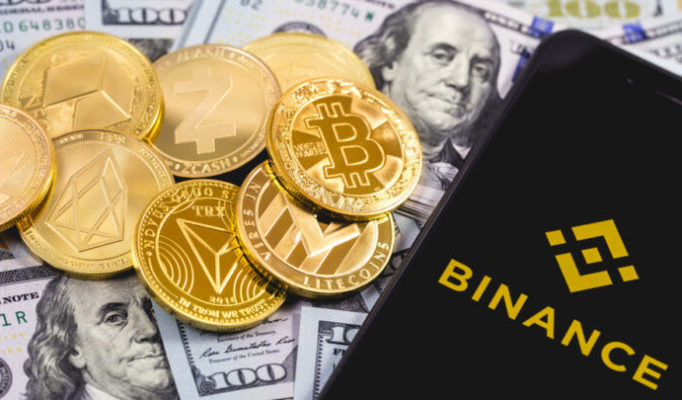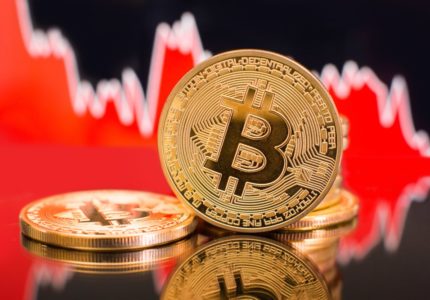The largest cryptocurrency platform in the world is Binance Holdings Ltd.
They admitted that it maintains collateral for a few of the tokens it provides inadvertently within the same wallet as payments from exchange users.
The reserves for nearly half of the 94 coins that Binance issues, also known as B-Tokens, are now kept in one wallet dubbed Binance 8.
This also houses user assets, as per listings found on the company’s website on Monday.
In comparison to the number of B-Tokens that Binance has issued, that wallet has a lot more tokens in reserve.
According to the company’s own policies, this shows that collateral is not being maintained apart from client coins.
At least not like it has been for other Binance-peg tokens. Instead, it is being mingled with them. Binance 8 is a cold wallet for an exchange.
On the B-Token Proof of Collateral website, collateral assets have earlier been accidentally put into this wallet.
Binance knows its fault completely. The assets are being transferred by the exchange to their respective places.
The representatives assured the security of the assets. Though, Binance did not mention when the problem was discovered.
Developers have had to come up with ways to use tokens like Bitcoin in other places.
This is because many cryptocurrencies can only be used with the blockchain that they were created on.
Also, it is because in order to make third-party tokens like Tether’s USDT, Ether, etc. useable on other blockchains, such as the platforms own BNB Smart Chain and BNB Beacon Chain.
This is how Binance creates its own, billion-dollar-worth equivalents of those tokens.
According to procedures outlined on Binance’s website, the B-Tokens are expected to be supported one-to-one by locked reserves of the coins they are based on.
Also, reserves should be kept away from customers and exchange assets by being stored in specific wallets.
B-Tokens often do not entail the actual coin makers’ monitoring or direct involvement.
User’s Funds
A type of address is known as an exchange wallet. This is where platforms like Binance keep user funds. It is described as being used by far more than 40 B-Tokens to hold their reserves.
The wallet is identified as a reserve for Binance-pegged versions of a number of significant cryptocurrencies, including Polygon’s MATIC, Uniswap’s UNI and MKR coins, etc.
Because there is no separation, it is challenging to determine the number of coins Binance has on hand.
Especially the ones to satisfy prospective reclamation requests for the quantity of B-Tokens it has issued.
In the case of these requests, Binance asserts that all assets are appropriately secured.
Customers have urged cryptocurrency exchanges like Binance to disclose more information about their assets.
Especially in the wake of the November bankruptcy of a competitor platform, FTX.
Sam Bankman-exchange, Fried’s FTX, situated in the Bahamas, is accused of giving sibling trading company Alameda Research free reign to acquire client assets for its own wagers.
Clients are removing their investments from platforms due to a lack of trust in exchanges brought on by the incident.
Exchanges have responded by displaying assets in reports referred to as proofs of reserves.
These statements provide a quick overview of the assets exchanges have.
Although, they omit data on a platform’s obligations or any data collected over an extended period of time. This is why they fail to achieve fully audited financials.
Tokens and Binance
As per the calculations made, Binance has released well over $539 million worth of the 41 B-Tokens, which have Binance 8 as their collateral wallet.
Whereas, the wallet actually has more than $1.8 billion in associated assets.
Even then, according to the crypto intelligence platform Arkham, Binance 8 holds well over $16.5 billion in total in other crypto tokens not connected to B-Tokens.
This indicates that a few B-Tokens in the wallet contain significantly greater collateral than is required. For instance, on Monday, Binance 8 had reserves of about 18, Billio001% for Loopring’s LRC and 22,700% for OriginToken’s OGN.
The representative stated that the mistake could now be credited to the exchange having mistakenly identified the proper collateral wallets.
Binance acknowledged before the issues arose with inadequate backing for the B-Token of its branded stable-coin BUSD.
They saw the Binance-peg version leave with greater than $1 billion in lost assets on many occasions.

















